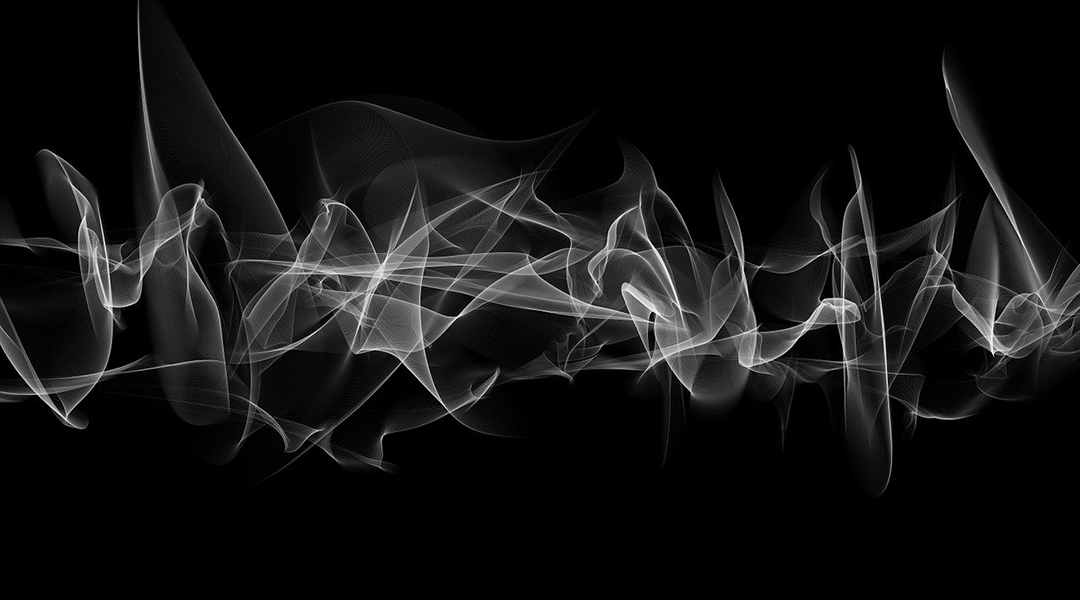Researchers say they may have just discovered proof and an elusive demon particle that was predicted almost 70 years ago. The discovery began with the investigation of an innocuous metal: strontium ruthenate.
The properties of metals (and other solids) are largely determined by the behavior of electrons within them. Think magnetism, transparency, thermal conductivity, and even superconductivity — all these result from the movement of electrons and how they interact with each other, as well as others.
Studying quasiparticles
The behavior of electrons has been extensively studied, with it being easier mathematically to describe their movement in collective terms. It’s the same as a whole bunch of water molecules coming together to form a liquid. When studying fluid dynamics, one must consider the liquid as a whole to make calculations easier..
The collective movement of electrons is often referred to as excitations or quasiparticles. Imagine these as ripples on the surface of a pond or a group of people all doing the wave at a concert. We talk about these “waves” as separate, independent things. Quasiparticles are much like this — patterns of behaviors that form when lots of tiny particles, like electrons, come together to do something interesting.
For instance, Cooper pairs are like pairs of electrons whose behavior as a couple is what makes superconductivity possible. While many quasiparticles, such as this, have been studied and observed, there are also elusive excitations whose existence has been theoretically predicted, but has never been experimentally proven.
Finding a demon
The demon particle was first predicted by David Pines back in 1956. This particular quasiparticle was hypothesized to be massless, electrically neutral, extremely tiny, and short lived, making its detection with current instruments difficult to say the least.
But observing it would be extremely important not only for fundamental science, but also for possible industrial and technological applications since the demon could facilitate many interesting phenomena in solid state physics, such as phase transitions and room-temperature superconductivity.
Excitingly, a team of researchers from Japan and the US led by Peter Abbamonte, professor of physics at the University of Illinois at Urbana-Champaign (UIUC) was finally able to observe Pines’ demon 67 years after making his prediction.
“Demons have been theoretically conjectured for a long time, but experimentalists never studied them,” said Abbamonte in a press release. “In fact, we weren’t even looking for it. But it turned out we were doing exactly the right thing, and we found it.”
In their recent paper published in Nature, the researchers were examining metal strontium ruthenate, a material whose electronic structure is similar to many high-temperature superconductors. They were initially looking to provide a better understanding of the behavior of this kind of material.
They were using a technique known as momentum-resolved electron energy-loss spectroscopy, which involves exposing a sample to a beam of highly accelerated electrons and examining how they are scattered as a result of their interaction with the electrons inside the material.
An unexpected result
Their initial analysis of the spectroscopic data showed that among the collective electronic excitations in the sample of strontium ruthenate, there was also a massless, neutral quasiparticle which they couldn’t quite identify.
“At first, we had no idea what it was. Demons are not in the mainstream,” recalled Ali A. Husain, one of the authors of the study, now a research scientist at Quantinuum. “The possibility came up early on, and we basically laughed it off. But, as we started ruling things out, we started to suspect that we had really found the demon.”
To confirm that they had indeed detected their demon, the scientists compared a theoretical calculation which predicted how this type of particle would interact with other electrons in the strontium ruthenate with the experimental data they collected.
“Pines’ prediction of demons necessitates rather specific conditions, and it was not clear to anyone whether strontium ruthenate should have a demon at all,” said Edwin Huang, a Moore Postdoctoral Scholar at UIUC and condensed matter theorist, who calculated the features of strontium ruthenate’s electronic structure. “We had to perform a microscopic calculation to clarify what was going on. When we did this, we found a particle [that] Pines described.”
“The vast majority of experiments are done with light and measure optical properties, but being electrically neutral means that demons don’t interact with light,” Abbamonte explained. “A completely different kind of experiment was needed.”
Although demon quasiparticles have been found in strontium ruthenate, the team say they expect that it exists in many other materials and that further study will help uncover other examples.
Reference: Ali A. Husain et al, Pines’ demon observed as a 3D acoustic plasmon in Sr2RuO4, Nature (2023), DOI: 10.1038/s41586-023-06318-8
Feature image credit: geralt on Pixabay

















